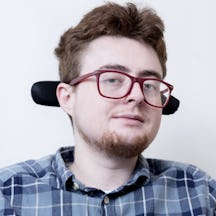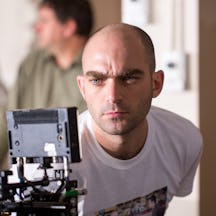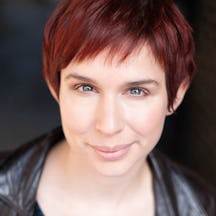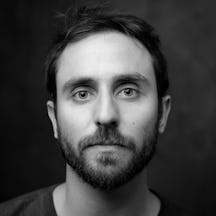Becoming Deaf didn’t change Signkid’s passion for music or his desire to perform. But he found the music world wasn’t always a welcoming place. Downbeat at first, Signkid swapped sadness for a determination to make the industry more accessible. He talks to Jamie Hale about inspiration, access, and how to create music for all audiences, D/deaf and hearing alike. You can watch a BSL translation, listen to an audio version and read this article below.
Giving shape to sound
Words by Jamie Halefilm by Samuel Doreaudio by Kirsten Irvingphotography by Thomas S G Farnettiaverage reading time 6 minutes
- Article
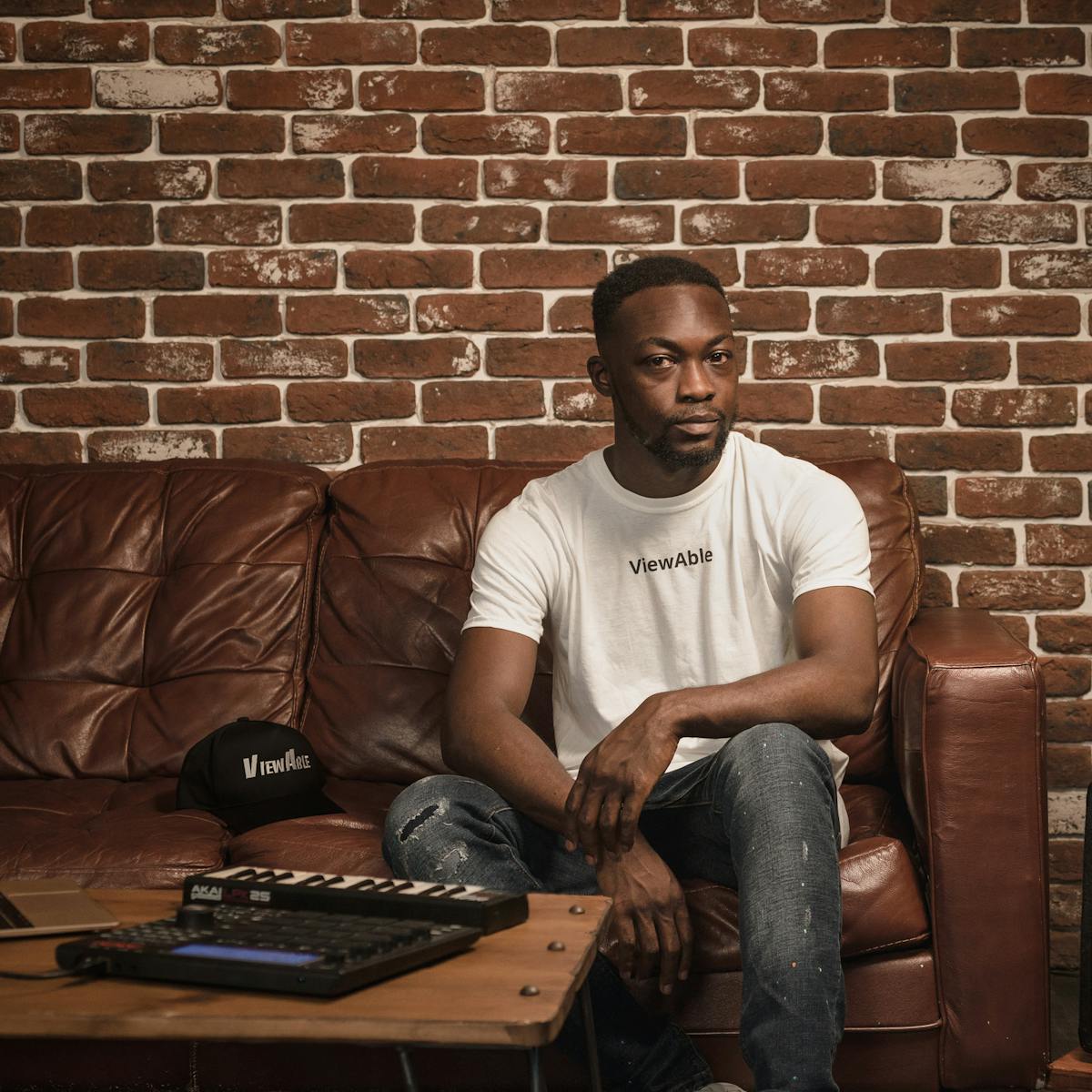
Watch
Listen
Read
“There was a lot of missing information for me,” says hip-hop artist Kevin Walker, who’s also known as Signkid.
“At the beginning of my journey, I felt depressed, I felt sad, I felt doom and gloom, but my passion made me persevere. I did feel that there were barriers, so I made a promise to myself that I would help the music industry become more accessible for people like myself globally.”
Signkid loved music from an early age. “I used to always watch television with my brother and, seeing Michael Jackson, I was in absolute awe of his performance, his musicality. It gave me such a happy feeling.” He emphasises that it’s a feeling he will “always remember”.
After becoming Deaf when he was three years old, Signkid developed strategies for feeling the music better – standing next to the speakers or taking his shoes off so he could feel the vibrations through the floor.
Signkid says it was harder to be Deaf when he was younger. There was no subtitling and fewer interpreters. Even after the explosion of the internet in the 1990s, when he was 11, subtitles were often inaccurate and out of sync with the music. He watched the dancers instead, and planned to write his own music one day, for Deaf and hearing audiences alike.
It was rapper Tupac Shakur’s poetry book ‘The Rose That Grew From Concrete’ that really gave him the impetus to create that music. Here was someone else writing about protest and discrimination, something Signkid felt deeply as a Black, Deaf man. This book “lit my fire”, he says, but when he looked, there were no entry routes for Deaf people into music.
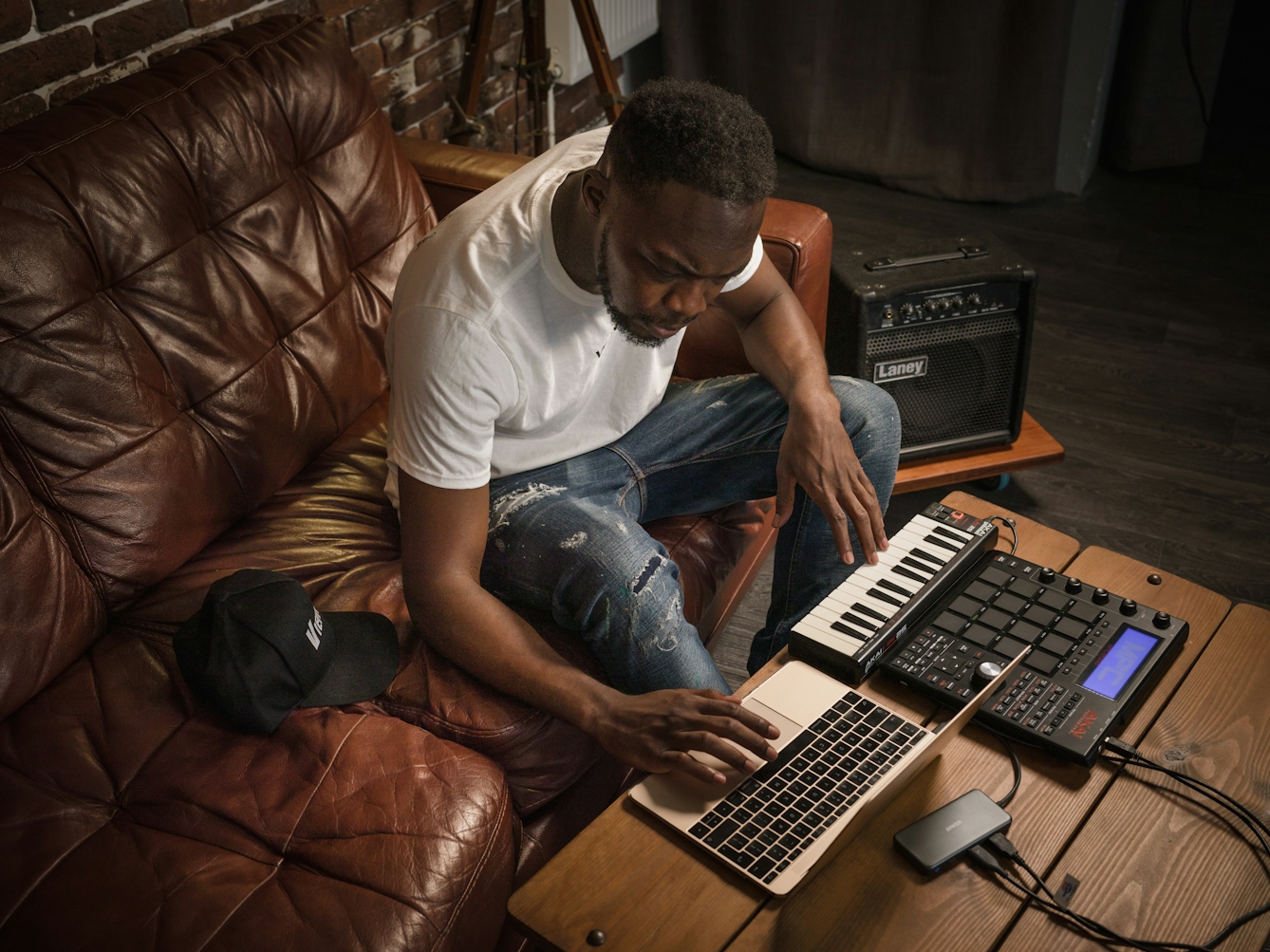
Signkid at work. He writes and produces his own lyrics, signs and music.
Good vibrations
Signkid is a Deaf artist. “Big D Deaf” people are those whose primary language and communication is signed and who socialise within Deaf culture. People who are hard of hearing or have hearing loss, but who don’t communicate fluently or primarily in British Sign Language (BSL), or don’t use Deaf spaces, are known as “small D deaf”. When referring to both groups, it’s common to write D/deaf.
Signkid’s music is unique in that it’s written for both D/deaf and hearing audiences. The heavy bass makes the music tactile and vibratory, while he often uses simple, clear, repetitive signs for the choruses – encouraging any audience to learn to sign along. Signkid writes the lyrics, the signs, and produces the music, while someone else often sings or raps.
Technology is key. The SUBPAC vest translates music into vibrations the wearer feels in different places on their body. It’s bulky but allows Signkid to feel his music in a multidimensional way, as he writes and mixes it. When that’s not available, he’ll use a heavy speaker he can feel, while standard industry software also often visualises the rhythm of music. Being Deaf is not an impediment to his making music – instead it adds an extra dimension, one that makes his work far richer.
We discuss inventions that would make life easier, and Signkid imagines a more wearable version of the Subpac – something sash-like that he could use on stage. At the moment he relies on the resonance of the sound through the floor, using his feet to follow the beat of the music. He always wears plastic shoes or flip-flops when performing and asks for big speakers so he can easily remain in time with the beat.
He is still forced to rely on venues’ willingness to understand and meet his needs, an uncomfortable position I also find myself in as a performer.
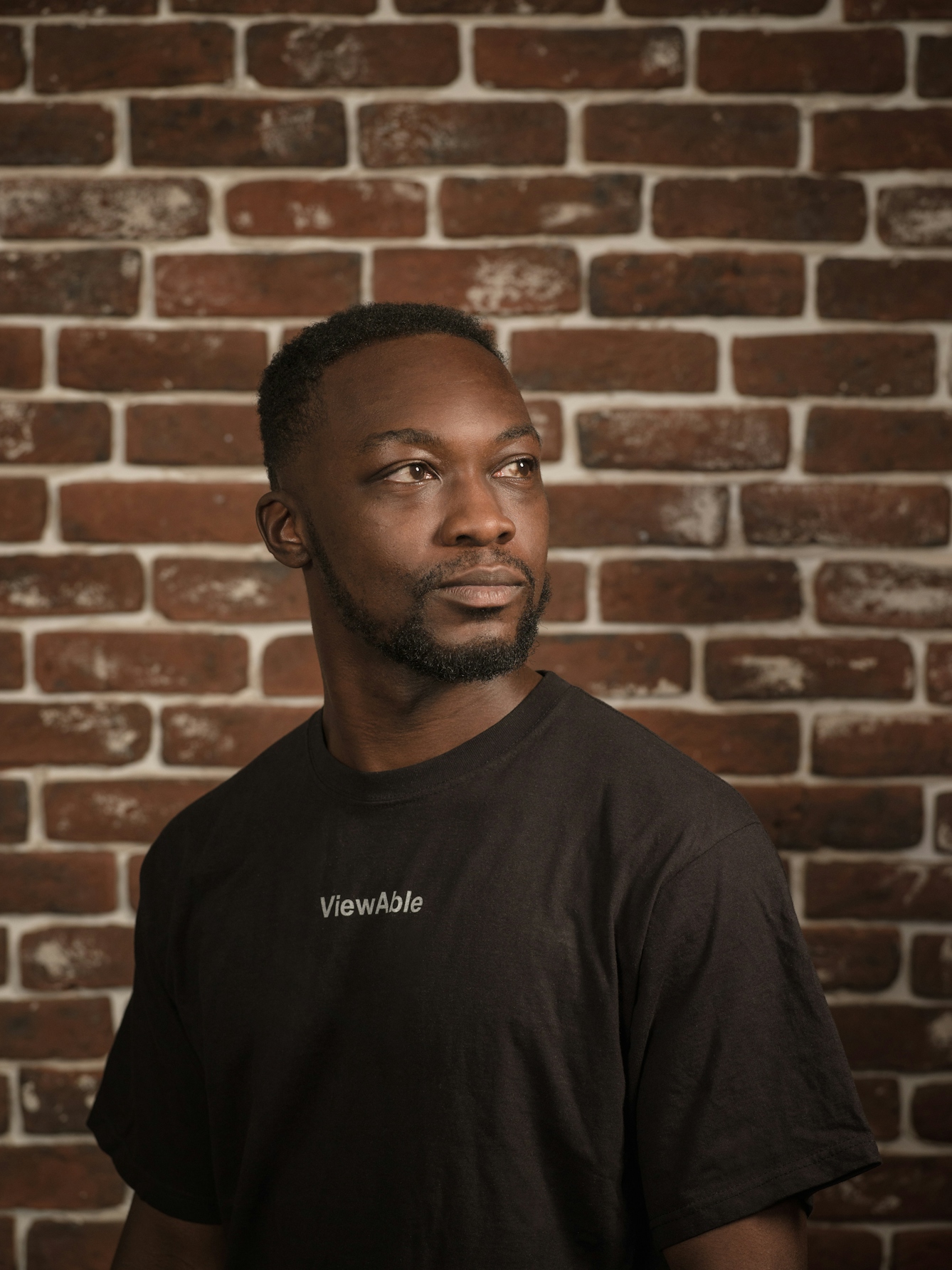
Signkid has found the music industry isn’t always a welcoming place for D/deaf artists. He’s determined to change that.
Barriers and exclusion
Signkid has experienced a lot of exclusion from the music industry and says that there are still “barriers towards Deaf musicians and artists, with a lack of education and understanding. We get turned away because companies think it would cost too much to make reasonable adjustments for us.”
He tells me, “We make great music, but the industry doesn’t appreciate it.” Many of the problems faced by Deaf people are a result of a lack of awareness, Signkid suggests, and this fits with my experience as a disabled artist.
While the industry sees Deaf people as too expensive to employ, the education system makes BSL too expensive to learn – pushing Deaf people into a corner where there are very few people who speak their language. If he wants to attend a wedding or funeral for hearing friends or family, for example, Signkid has to pay for an interpreter to accompany him out of his own pocket.
Signkid talks about the visual learning styles children have, and how they retain information from rhythms. Signed languages are ideal for them to learn because they are rhythmic. Learning BSL “would only enhance a child’s language acquisition and expression […] I don’t know why it’s not incorporated in schools yet”.
Given that there are an estimated nine million people who are d/Deaf or have hearing loss in the UK, and might thus benefit from BSL, it seems to be a huge waste that it isn’t taught in schools.
Signkid performs ‘Listen With Your Eyes’.
The complex world of signed languages
As well as being a musician and educator, Signkid is an independent researcher. Moving from Italy to London at 19, Signkid had to learn BSL on arrival, which is very different from Italian Sign Language. His experience in learning multiple signed languages has led to an interest in slang, the roots of a sign, and how it changes meaning in different contexts and communities.
The extent to which signed languages are complex systems often surprises people. He talks about discussing the context-dependent meaning of the sign “dope” – which can mean “cool” or “cannabis” – or both, depending on the country, context, and the age of the speakers. His older Caribbean family would recognise the latter meaning, whereas a younger British signer would be more likely to use it to mean “cool”.
It’s this fascination with words and language – signed and spoken – that makes his work so open and inviting. He talks about the variety of experience in the D/deaf community – people with and without hearing aids and cochlear implants, people who read written English and those who primarily use signed languages, people with varying degrees of hearing at varied frequencies – and he tries to make his work open and inviting for all of these people, plus hearing audiences.
All of his performances are signed, the singers and rappers are subtitled, and he is live signing – moving and engaging with the audience. It’s this that gives his work such an edge – every time he gets a nervous audience signing along with the chorus of a piece, he’s opening more people up to the idea of learning BSL, and welcoming hearing people into this world.
About the contributors
Jamie Hale
Jamie is an artist, curator, and founder and artistic director of disability arts organisation CRIPtic Arts. They create poetry, comedy, scriptwriting and drama for page, stage and screen, and are currently directing a showcase at the Barbican Centre for autumn 2021 and a disability arts documentary. They have written for Wellcome Collection and the Guardian newspaper and have performed at venues including the Southbank Centre. Their poetry pamphlet, ‘Shield’, was published in January 2021.
Kirsten Irving
Kirsten Irving is a Lincs-born, London-based voice artist and poet. She has voiced work for a range of organisations including the Fairtrade Foundation, Royal Botanical Gardens Kew and the Women’s Institute, and can be heard on the Mosaic Science podcast.
Thomas S G Farnetti
Thomas is a London-based photographer working for Wellcome. He thrives when collaborating on projects and visual stories. He hails from Italy via the North East of England.
